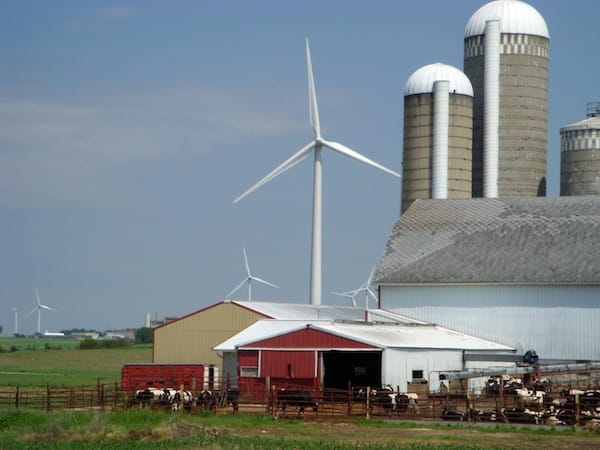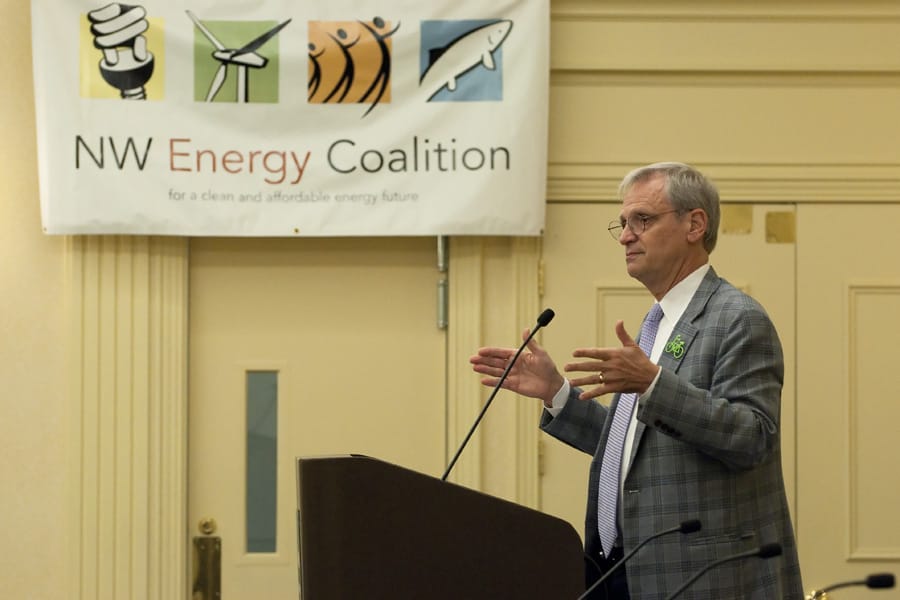Oregon
Huffington Post blog: 6 reasons 2014 was a good year for climate action
There are many reasons to be joyous about clean energy advancements in 2014. The cost of solar and wind energy continues to fall, utilities are investing in energy storage and electric vehicle charging, Chinese coal demand is falling, sustainable investing is on the rise, and businesses are more vocal than ever on the need for climate action.
Oregonian guest opinion: How wind power helps rural Oregon
Erin Hansell-Heideman of Ione, Oregon explains how renewable energy development is an economic boon for rural communities. Wind farms generate clean electricity, create thousands of rural jobs and accrue millions of dollars in revenue for schools. Hansel-Heidman says, “By harvesting Oregon’s abundant wind resources we are opening up opportunities for rural communities and other family farms throughout the state.”
NWEC comments on EPA Clean Power Rule
Click here to view the NW Energy Coalition’s comments on the EPA’s Clean Power Rule.
NW Clean & Affordable Energy Conference draws largest-ever crowd; Coalition adds four new members
Attendees learned about influencing behavior to fulfill energy efficiency potential; discussed opportunities and challenges to cleanly replacing aging, dirty power sources, considered consumer protection and utility revenue concerns surrounding expanded solar and other distributed generation; and got up to speed on how changing the Columbia River Treaty could affect power generation and other river uses in the basin.
In victory for clean energy development, court upholds transmission planning order
In a major win for clean energy development, a U.S. Court of Appeals panel this summer unanimously upheld a Federal Energy Regulatory Commission (FERC) directive aimed at modernizing transmission planning around the country. The decision gives strong support to the contention that utility-by-utility transmission planning is not enough, because energy resources and transmission lines are already widely shared across the power grid. Regional planning is needed to capture important benefits for clean energy, the environment and consumers.
NWEC comments on the NPCC High Level Indicators Issue Paper
Click here to read NWEC’s comments on the NPCC High Level Indicator issue paper.
NWEC comments on the NPCC Environmental Costs and Benefits Issue Paper
Click here to read NWEC’s comments on the NPCC Environmental Costs and Benefits Issues Paper.
NW Energy Coalition conference to feature consumer protection panel
Please join us for the NW Clean & Affordable Energy Conference Nov. 7-8 at the Crowne Plaza Hotel in Portland, Ore. Top energy experts from across the Northwest will address some of the region’s most pressing energy issues. The consumer protection at the grid edge panel will look at safeguarding home and business owners’ off-grid energy investments and preventing potential rate and bill increases for customers – especially low-income families – who remain on the grid.









